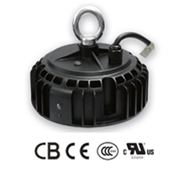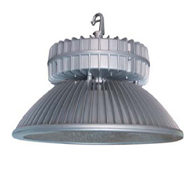About the Author:
Yu Jing, female, undergraduate, engineer of Wuhan Ankerui Electric Co., Ltd., the main research direction is intelligent power monitoring and power management system
In the outdoor lighting section, the global urban transformation, urban construction, residential construction and road construction for market demand of high-power, high-brightness, energy-saving LED driver power supply is extremely large. Isolated Programmable LED Driver no need of Optocoupler and side current control circuit to realize isolating constant-current output. The circuit structure is very simple.


The advantage of MOSO isolated programmable Industrial Light LED Driver is small
input/output capacitance, small output wave, isolated output, high power
factor, high current precision and high reliability. Fixed output Industrial Light power supply has output open-circuit
protection, over-voltage protection and short-circuit protection.
Dimmable Industrial Light LED Driver built in 2-in-1 dimming and auto-react:0-10Vdc, PWM signal, dali control is optional.
Architecture and industrial Light LED Driver adopt Soft-switching patented technology, high efficiency up to 93%.
Programmable High Bay LED Driver
Programmable High Bay LED Driver, Isolated Programmable LED Driver,Programmable LED Driver,Programmable High Bay Light LED Driver
Moso Electronics , https://www.mosoleddriver.com